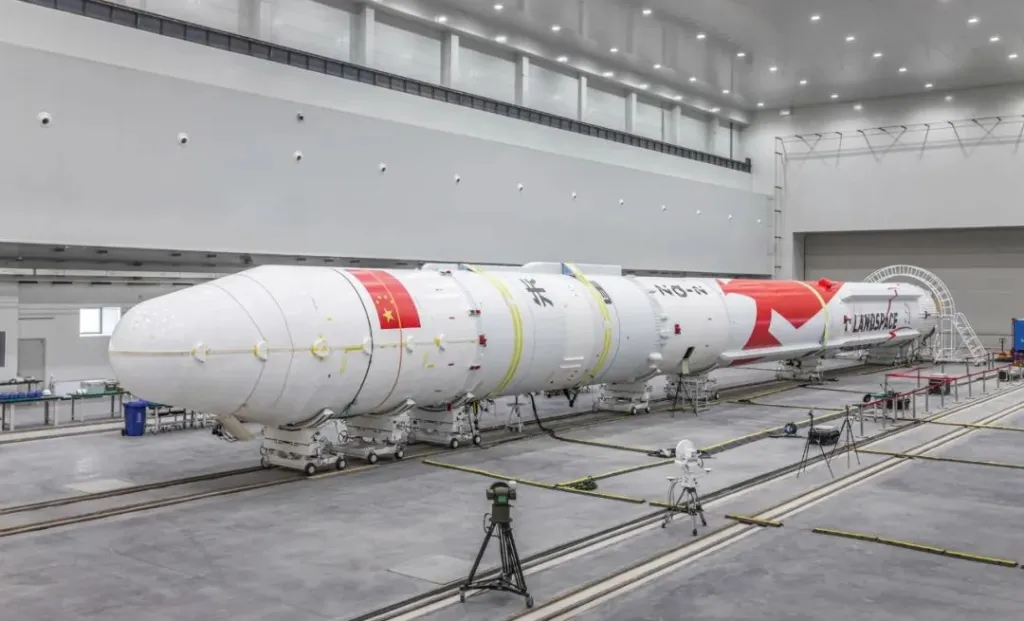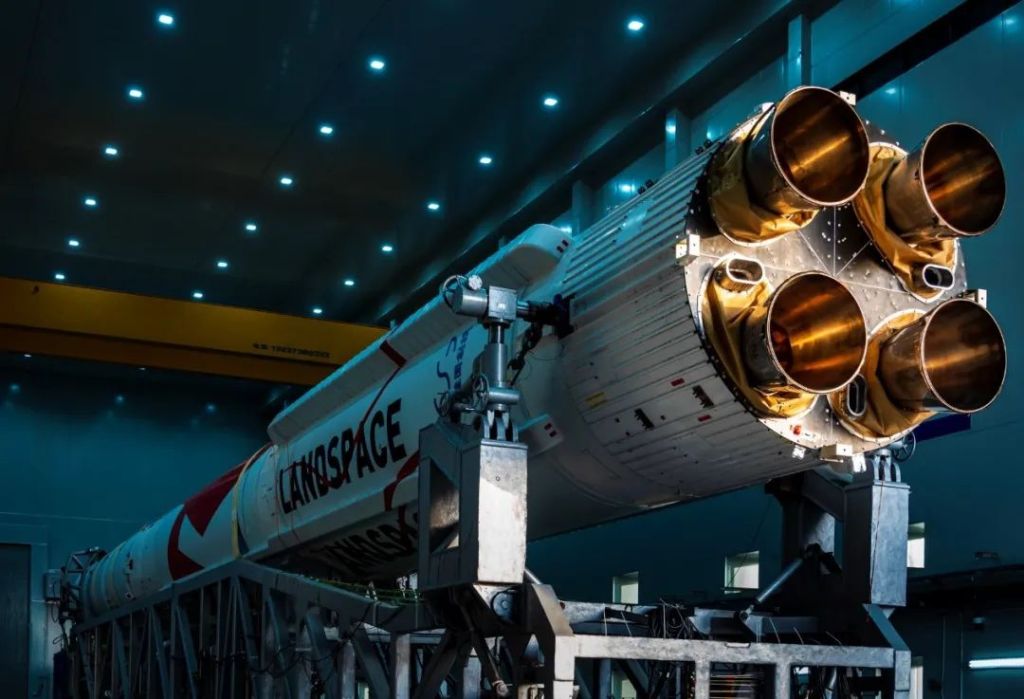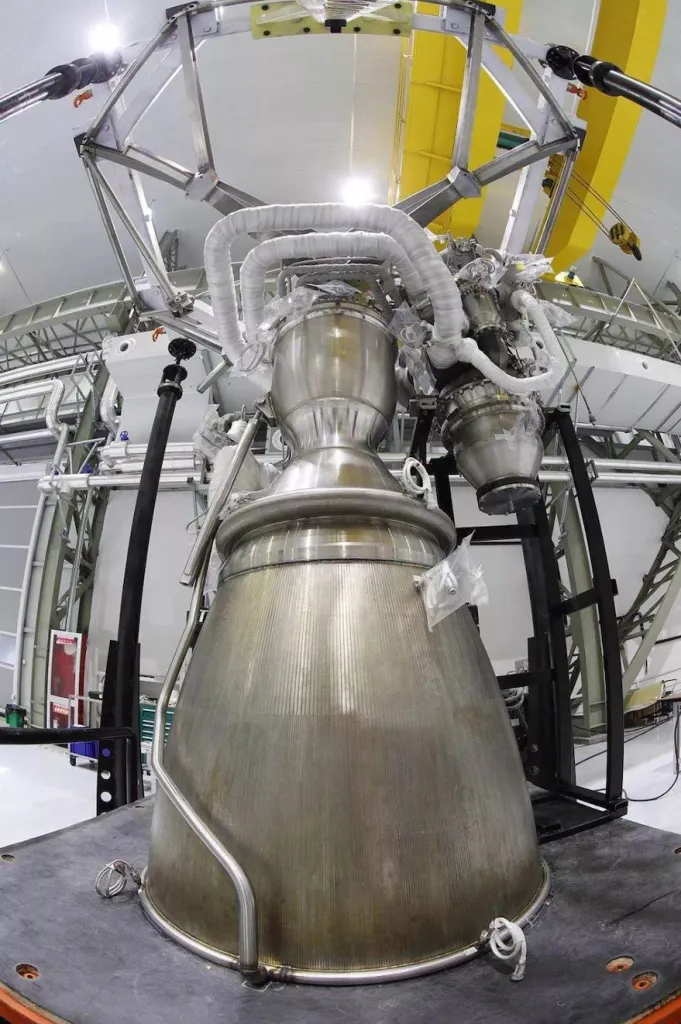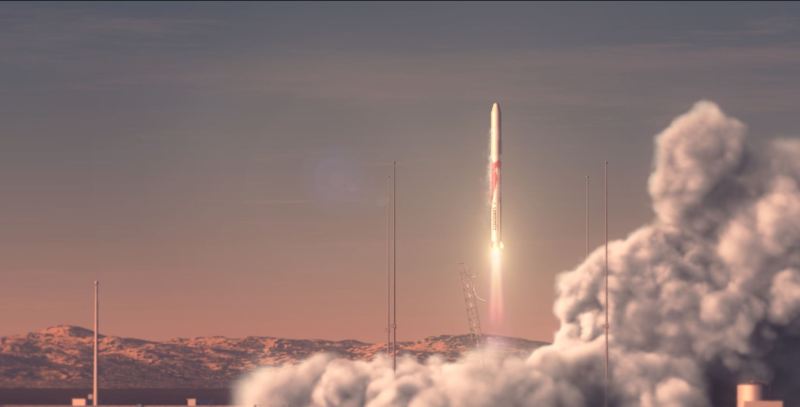Featured image credit: LandSpace
Lift Off Time | December 14, 2022 – 08:30:25 UTC | 16:30:25 BJT |
|---|---|
Mission Name | Y1 (Maiden flight) |
Launch Provider | LandSpace |
Customer | LandSpace |
Rocket | Zhuque-2 (also known as Suzaku No. 2) |
Launch Location | LC-96, Jiuquan Satellite Launch Center, Gobi Desert, northwest China |
Payload mass | Unknown, up to 6,000 kg (13,000 lb) to low 200 km (120 mile) orbit or 4,000 kg (8,800 lb) into a 500 km (310 mile) Sun-synchronous orbit |
Where did the satellite(s) go? | The target orbit was Sun-Synchronous Orbit |
Did they attempt to recover the first stage? | No, this is not a current capability for LandSpace |
Where did the first stage land? | It crashed back onto mostly desert land to the South of the Launch Center |
Did they attempt to recover the fairings? | No, this is not a current capability for LandSpace |
Were these fairings new? | Yes |
This was the: | – 1st launch of a Chinese orbital methalox rocket – 2nd launch of a LandSpace orbital rocket – 59th orbital launch attempt from China in 2022 – 96th launch from Jiquan Launch Center – 176th orbital launch attempt for 2022 |
Where to watch | If an official replay becomes available, we will post it here |
So How Did It Go?
Chinese private company LandSpace launched its first methane-powered rocket to orbit, with no disclosed payload prior to launch. This in itself is a major milestone in spaceflight history, regardless of the launch outcome.
The flight proceeded through the point of maximum aerodynamic pressure (known as max Q). Early reports indicate that the flight continued successfully up to shutdown of the second stage main engine. However, it appears that the vernier control engine on the second stage shut down earlier than expected.
Telemetry data suggests that the spacecraft reached 5 km/s (11,000 mph), whereas it needed to reach aaround 7.8 km/s (17,500 mph) to maintain a stable orbit. It appears that the vernier engine may have shut down at the same time as the second stage’s main engine, which was not supposed to happen. This occurred at approximately T+5 minutes into the flight. The spacecraft appears to have splashed down in the ocean off the coast of Myanmar.

What Is The Maiden Flight Of Zhuque 2?
Unconfirmed reports state that there were 14 satellites on board, but this is highly unofficial. One of these has been reported to be “Zhixing 1B”. If Zhixing 1B is similar to previously launched Zhixing 1A, then it is likely to be a 6U CubeSat for Earth Observation purposes. Zhixing 1A was placed into a 503 km x 513 km orbit at an inclination of 97.43 degrees. It launched from a Long March 8 rocket on December 22, 2020. It was developed for, and operated by, a joint project between China and Ethiopia.

We can say that it was the first orbital attempt of any rocket using methane (CH4) for fuel. For this rocket’s first stage to perform successfully, and for the main engine on the second stage to do its job, indicate that much of the technology on this vehicle is effective and working as intended.
It remains to be seen whether the anomaly on the second stage was merely a configuration (staging) error. If it turns out to be a mechanical issue, such as unexpected dynamic pressures during main engine valve closures, then the next flight of Zhuque-2 may take longer.
What Is The Zhuque 2?
Zhuque 2 is a medium-class launcher either developed by LandSpace (a trading name for Blue Arrow Aerospace Technology). It began development in September 2017. Zhuque means “red bird”.
The rocket has a total height of 49.5 m (162 ft) and a base diameter of 3.35 m (11 ft). It can lift 4,000 kg (8,800 lb) of payload to a 500 km (310 mile) Sun-Synchronous orbit, or 6,000 kg (13,000 lb) to a 200 km (120 mile) low Earth orbit. The total mass of the rocket at lift-off is 219 tonnes (480,000 lb). Its thrust at take-off is 2,670 kN tonnes (590,000 lbf).
LandSpace is reported to be working on technologies such as pintle injectors that would enable a variable thrust version of the Tianque-12 engine, allowing vertical takeoff, vertical landing, and thus recovery and reuse of the first stage.

First Stage
The first stage is powered by four Tianque-12 engines. The name “Tiān què” means “Magpie”. This is a gas generator engine, developed by LandSpace, producing 670 kN (150,000 lbf) thrust at sea level. This will be upgraded with a newer version of the engine, TQ-12A. This will have increased thrust by 9% over the current engine, with a mass reduction of 100 kg (~220 lb).

Second Stage
The second stage is powered primarily by a single Tianque-12 (vacuum) variant of the engines used on the first stage. In the future, the TQ-12 engine will be replaced by a new engine called TQ-15A. This will provide a weight saving of about 400 kg. It will have the ability to light itself three times.
Additionally, a single Tianque-11 engine with four combustion chambers provides directional control and fine thrust adjustments for orbital insertion. This engine powers the second stage from 5 km/s (11,000 mph) to around 7.8 km/s (17,500 mph). It is this engine which is believed to have failed at second stage maine engine cut-off on this flight.
When the TQ-15A engine is used on the second stage in future, the TG-11 vernier engine will no longer be needed.
Future Third Stage Option
LandSpace has plans for a Zhuque-2A variant in the future, which would add a third stage to the rocket. This stage will be powered by a single Tianque-11 engine with 4 chambers as also used for fine control and orbital insertion on the second stage.




